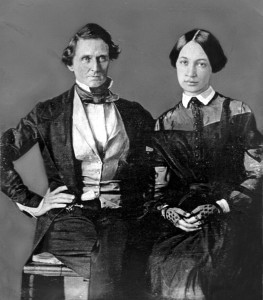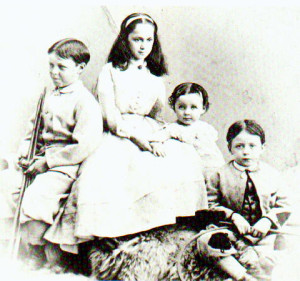Carl Schurz, a politically active German immigrant, described his first meeting with Abraham Lincoln on a train:
“I observed a great commotion among my fellow passengers, many of whom jumped from their seats and pressed eagerly around a tall man who had just entered the car. They addressed him in the most familiar style: “Hello, Abe! How are you? and so on… And he responded in that same manner…There was much laughter.”
Then, Schurz’s friend introduced him to Lincoln.
“I must confess that I was somewhat startled by his appearance. There he stood, overtopping by several inches all those surrounding him… on his head he wore a somewhat battered stovepipe hat… his lank, ungainly body was clad in a rusty black dress coat with sleeves that should have been longer; but his arms appeared so long that the sleeves of a store coat could hardly be expected to cover them all the way down to the wrists. .. His black trousers, too, permitted a very full view of his large feet. ..he carried a gray woolen shawl… his left hand held a cotton umbrella of the bulging kind, and also a black satchel that bore the marks of long and hard usage.. his right he had kept free for handshaking, of which there was no end until everybody in the car seemed to be satisfied… I had seen, in Washington and in the West, several public men of rough appearance; but none whose looks seemed quite so uncouth, not to say grotesque, as Lincoln’s.
“He received me with an offhand cordiality, like an old acquaintance,..I soon felt as if I had know him all my life and we had long been close friends.”
Source: The Lincoln Reader, edited by Paul M. Angle


